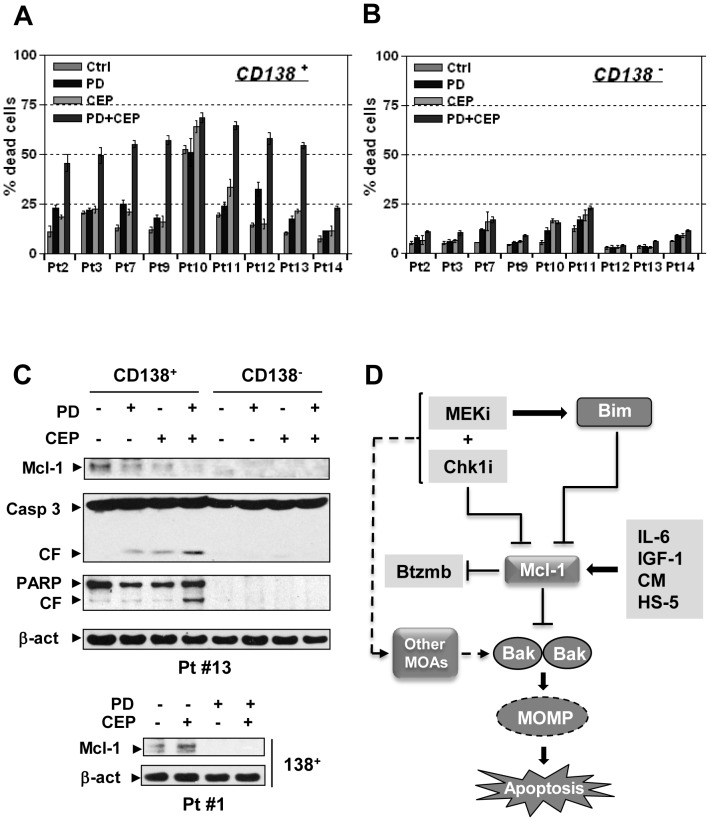Figure 6. The PD184352/CEP3891 regimen down-regulates Mcl-1 and induces cell death in primary CD138+ MM cells.
(A) and (B) Primary CD138+ MM cells (A) and their normal CD138− counterparts (B) were isolated from bone marrow samples obtained from nine patients with MM, and exposed to 500 nM CEP3891±5 µM PD184352 for 24 h. After treatment, cell death was examined by trypan blue exclusion. (C) Alternatively, Western blot analysis was performed to monitor expression of Mcl-1 as well as cleavage of PARP and caspase 3 in the CD138+ and/or CD138− populations. Each lane was loaded with 10 µg of protein. (D) A mechanistic model of circumvention of Mcl-1-dependent drug resistance by the Chk1/MEK inhibitor regimen. Mcl-1 plays an important role in both the survival of MM cell and sensitivity to various anti-MM agents, including bortezomib, as well as contributing to microenvironmental forms of drug resistance. A regimen combining a MEK1/2 inhibitor (MEKi) and a Chk1 inhibitor (Chk1i) acts at multiple levels in MM cells displaying Mcl-1-dependent bortezomib resistance, including a) down-regulation of Mcl-1 through a transcriptional mechanism; b) up-regulation of Bim and increased Bim/Mcl-1 binding, accompanied by release and activation of Bak and Bax; c) induction of MOMP (mitochondrial outer membrane permeabilization) and apoptosis; and d) possibly alternative Mcl-1-independent mechanism(s) of action (MOAs).

